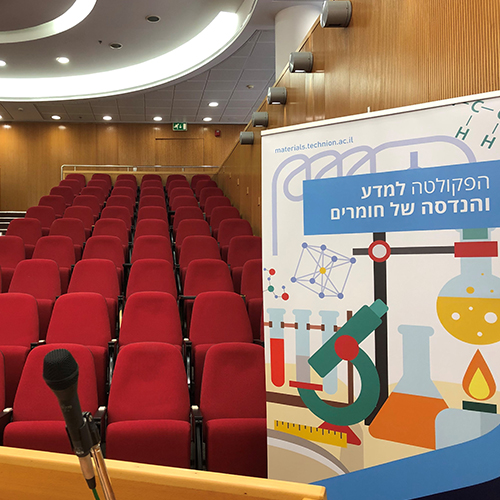
Prof. Joanna Wojewoda-Budka
24/04/2025
אודיטוריום ע"ש דויד וואנג, בניין מידן, קומה 3
13:30
This talk is focused on the electroless plated coatings for various applications. The first example is related to the electroless nickel immersion gold (ENIG) coatings, widely used as a diffusion barrier in printed circuit boards. However, during the contact of the ENIG coatings with liquid Sn (main constituent of lead-free solders), depending on the amount of P, the Ni3P phase crystallizes in a columnar morphology. The column boundaries represent preferred paths for the fast diffusion of Ni atoms, thus deteriorating the reliability of the solder interconnects. We used the sessile drop method to demonstrate that rhenium addition strongly affects the coating interaction with the tin solder. The resulting substrate/coating/solder reaction zone was examined by electron microscopy techniques.
The second study case considers the emergence of bacteria resistant to many antibiotics, so-called "Super bugs" or MDR (multi drug resistant) bacteria. This problem has been identified not only by patients and medical doctors, but also by epidemiological services in many countries. It is known that the rate of copper's antibacterial activity of the copper-containing metallic alloy depends on the alloy composition. Thus, the use of durable and wear-resistant coatings, in which the copper content is as high as possible, is an economical solution. Innovative copper-based composite coatings obtained through the addition of TiO2 particles during the deposition process, is proposed as an effective weapon in the fight against the spread of pathogenic organisms. We developed the plating process for Cu and Cu-TiO2 coatings and characterized their microstructure and properties, including biological tests (viability of bacteria and viruses).


